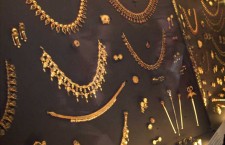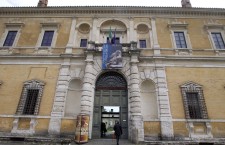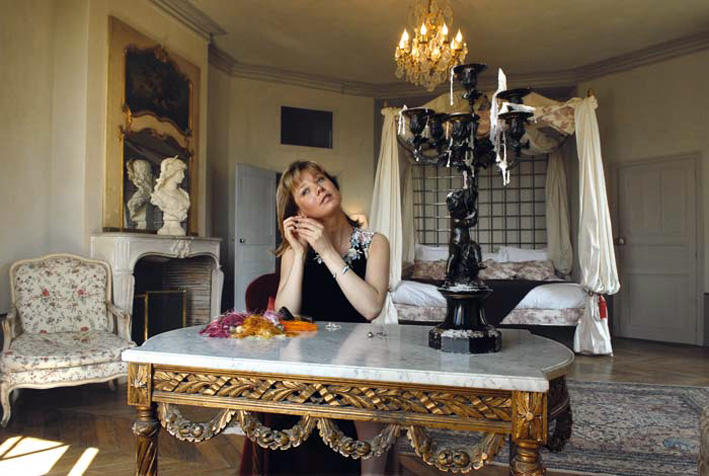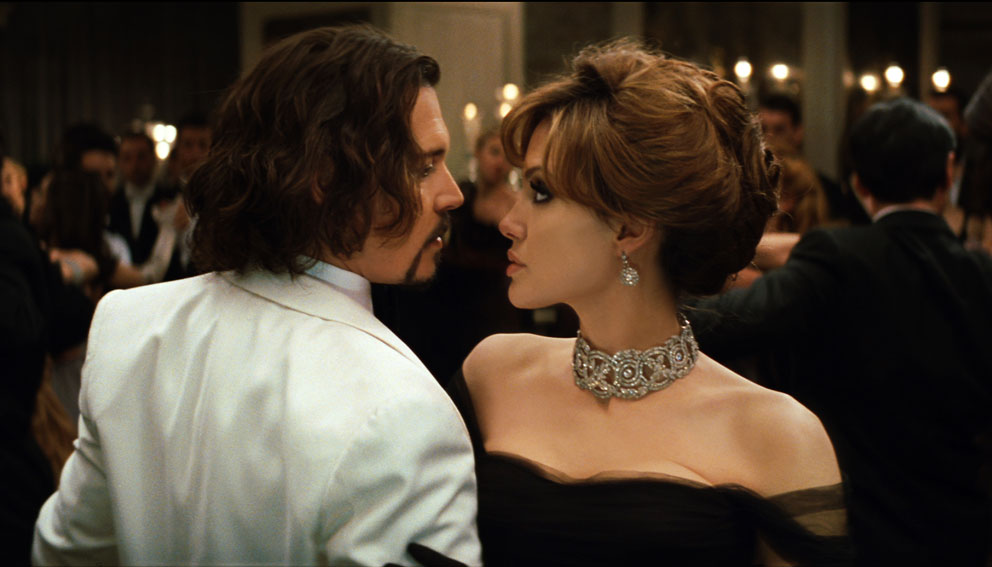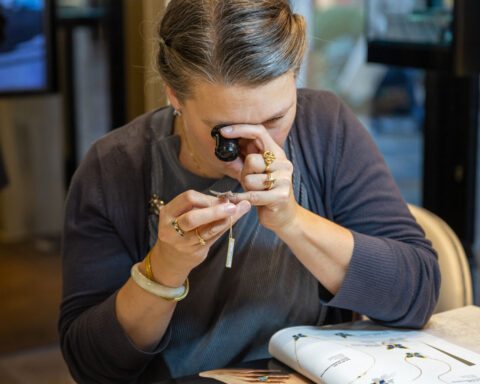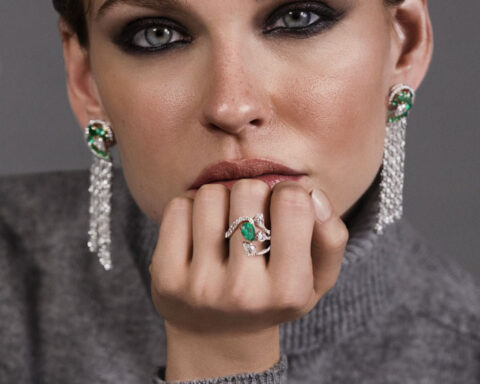The Pink Panther struck again: on Easter night, in the National Etruscan Museum of Villa Giulia in Rome. The thieves, using smoke bombs to distract the guards and hide from the surveillance cameras, entered inside after forcing a door and stole some nineteenth-century jewels from the Castellani collection, one of the most important antiquarian nuclei of the Museum. The Collection, donated to the State on 19 January 1919, is made up of more than 6000 whole objects and fragments including ancient and modern goldsmithery. But what does this collection of ancient jewels include? Above all earrings, brooches and pendants with cameos, in the fashion of the ancients, or with the micro mosaics rediscovered in the 18th century by the European aristocracy engaged in romantic grand tours among the ruins of the ancient world. But also very refined reproductions, rigorously signed and from the period, of masterpieces of ancient goldsmith’s art, in many cases enriched with precious stones, coins or other excavated materials. Famous family of Roman goldsmiths, the Castellani, whose collection is exhibited at the Etruscan Museum of Villa Giulia, partly in the so-called Hall of Golds visited by thieves on Easter night, were for over a century, the 19th, suppliers of great fashion of upper-class ladies, great aristocrats, royals. So much so that many of the objects that came out of their workshop are on display in the most important museums in the world, from the Louvre to the British Museum, such as the superb parure with cameos donated by the King of Greece in 1906 to the wife of the French Prime Minister or the two earrings or the brooch depicting the battle of Dogali. Great goldsmiths, the Castellani, but also passionate antique dealers and collectors, as well as experts in the restoration of materials. So much so that in the collection of six thousand pieces, donated in 1919 to the Italian State and not surprisingly placed in the National Etruscan Museum, there are also two thousand important archaeological finds, ceramics, bronzes and goldsmithery from the great sites of Etruria and Magna Graecia.The family’s business, which began in the early decades of the 19th century, progressively specialized in the study of ancient metalworking techniques at the instigation of the founder, Fortunato Pio, who, also in the wake of the archaeological excavations and discoveries that followed in those years, he drew inspiration from Greek, Etruscan and Roman art, but also from the works of the Middle Ages and the Renaissance, tracing the guidelines of his workshop’s production with the creation of a completely peculiar style. The important contacts of Duke Michelangelo Caetani – friend and mentor of the family – with members of the aristocracy, intellectuals and European artists then favored the affirmation and great success, in Italy and beyond, of these jewels, all rigorously signed with the double which later established itself as the prestigious family brand.
Latest from news
Italian jewels in the Cyclades. Nanis Italian Jewels opens its first single-brand boutique in the heart
Milano Jewelry Week is back, an event organized by Prodes, scheduled for October 16-20, 2025. The
Two clues are not proof, but they are something: is an Italian jewelry hub being born?
The large costume jewelry chain Claire’s is for sale. This is according to a report by
La présence médiatique de Kinraden, marque de bijoux danoise, sera assurée en Italie par le cabinet



